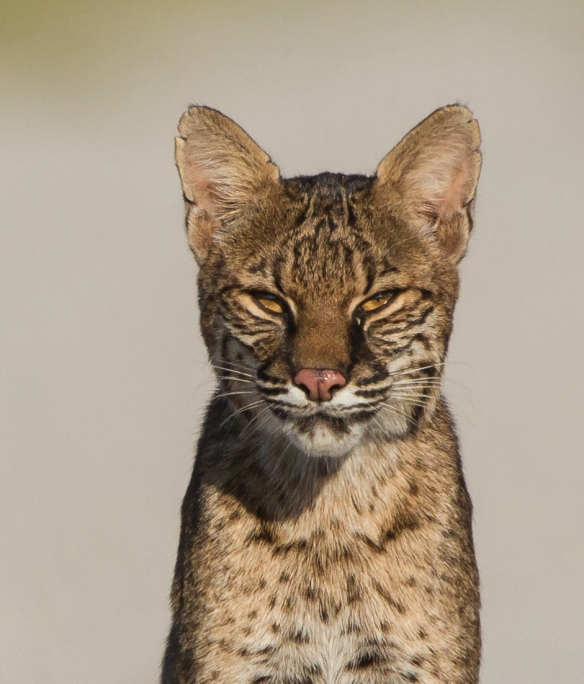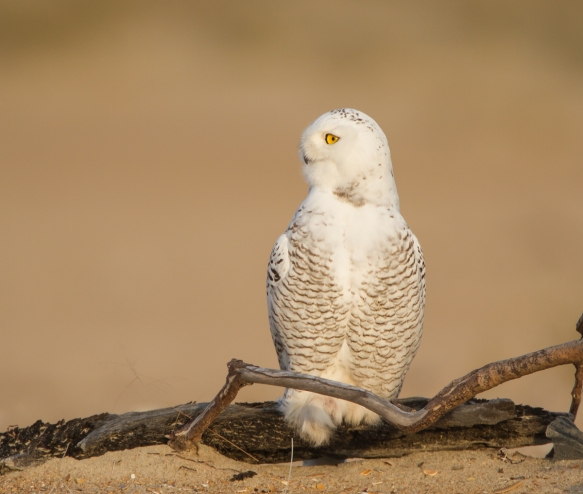Nature does not hurry, yet everything is accomplished.
~Lao Tzu
Nature may not hurry, but this past year sure seems to have flown by. My personal life has been a blur these past many months, and the blogging has slowed a bit (you may have noticed). I blame it on that thing called work. I have been back at work a little over a year now and time for writing and photography has dropped off a bit. In spite of that, I have reached another milestone in the history of this effort to educate myself about nature – my last post was the 500th since I started just after retirement in 2013. Although it took a little longer to pass this last one hundred posts, in looking back, it looks as though things have been far from dull with the return to work. In fact, being at the NC Botanical Garden has created a lot of new opportunities for learning about the natural world, especially with regards to plants. Here is a short series of highlights from this past one hundred posts of Roads End Naturalist…
Before returning to work, we had a great week-long camping trip (with beautiful weather) in the Boundary Waters Canoe Area of Minnesota in the Fall of 2016. What an experience! And camping seems to have been a theme these past many months (I am with the “camping queen” after all)…
Looking back, it seems that even after starting back to work, camping kept us busy, and in some beautiful places…
We even finally made it to the other Y park…
Luckily, I managed another trip to Yellowstone, always a highlight.
Of course, I had many trips to my favorite home state destination, Pocosin Lakes National Wildlife Refuge. I even managed to finally visit the Black Bear Festival that is now a regular thing in June in nearby Plymouth, N.C.
Winter is still my favorite season at this amazing wild place…
And that nearby refuge, Mattamuskeet, offered some nice surprises, as always.
We had a wonderful experience of culture, food, and wildlife in Austin last summer. That experience was capped by one of the great wildlife spectacles in North America – 20 million+ Mexican free-tailed bats exiting Bracken Cave at sunset.
But, as is almost always the case, most of my posts were about those miracles of nature close to home, either in our own woodland yard or the beautiful native plant habitats at work. Here are just a few of those highlights:
Nature, close to home, had a lot of beautiful things to see…
And, as usual, there was a bit (sometimes more) of the bizarre that nature has to offer…
Anytime you think beautiful and bizarre, you should also think about one of my favorite photographic subjects – caterpillars!
I just checked on some of last Fall’s crop of caterpillars that pupated during the museum’s BugFest event last Spetember. They are all doing fine, and will be ready to emerge over the next few months. Maybe that will elicit a few pictures and words when they do. Hope you will stick around with me to find out.























































































